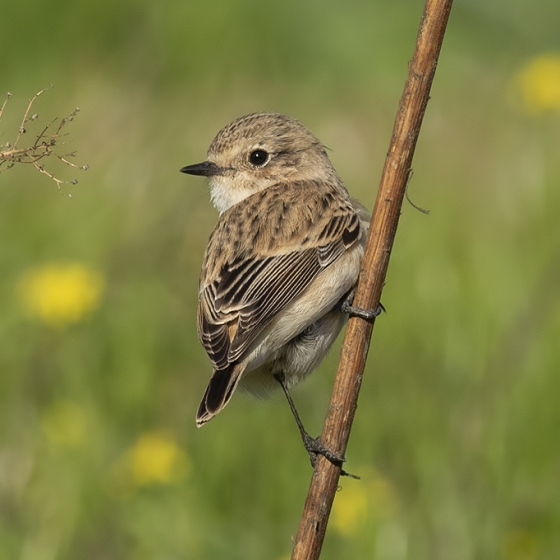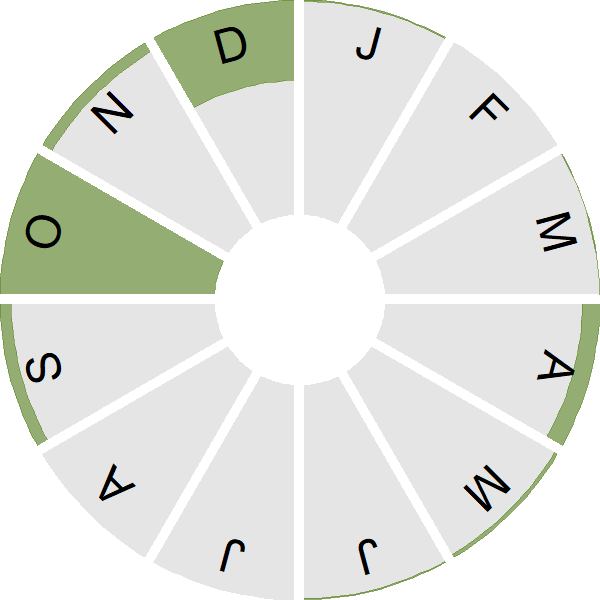Siberian Stonechat

Introduction
Similar to our Stonechat but with some subtle plumage differences, Siberian Stonechat was only relatively recently recognised as a distinct species. As the name suggests, this is the eastern cousin of our more familiar Stonechat, and is a very rare visitor to Britain & Ireland.

Key Stats
Status and Trends
Conservation Status
Population Size
Population Change
Population trends of this scarce species are not routinely monitored.
Distribution
This species is a rare vagrant and was recorded during Bird Atlas 2007–11 as shown on the map.
Occupied 10-km squares in UK
or view it on Bird Atlas Mapstore.
Distribution Change
This vagrant is too rarely reported to map distribution change.
Seasonality
Siberian Stonechat is a scarce autumn vagrant.
Weekly pattern of occurrence
The graph shows when the species is present in the UK, with taller bars indicating a higher likelihood of encountering the species in appropriate regions and habitats.

Movement
Britain & Ireland movement
Biology
Survival and Longevity
Survival is shown as the proportion of birds surviving from one year to the next and is derived from bird ringing data. It can also be used to estimate how long birds typically live.
Classification, names and codes
Classification and Codes
- Order: Passeriformes
- Family: Turdidae
- Scientific name: Saxicola maurus
- Authority: Pallas, 1773
- Euring code number: 11394
Alternate species names
- Catalan: bitxac siberià
- Czech: brambornícek sibirský
- Danish: Sibirisk Bynkefugl
- Dutch: Aziatische Roodborsttapuit
- Estonian: niidu-kaelustäks
- French: Tarier de Sibérie
- German: Pallasschwarzkehlchen
- Hungarian: keleti cigánycsuk
- Italian: Saltimpalo siberiano
- Latvian: Sibirijas cakstite
- Lithuanian: sibirine juodagalve kiauliuke
- Norwegian: Asiasvartstrupe
- Polish: klaskawka syberyjska
- Slovak: prhlaviar kapucnový
- Spanish: Tarabilla Siberiana
- Swedish: vitgumpad buskskvätta
- Welsh: Clochdar y Cerrig Siberia

